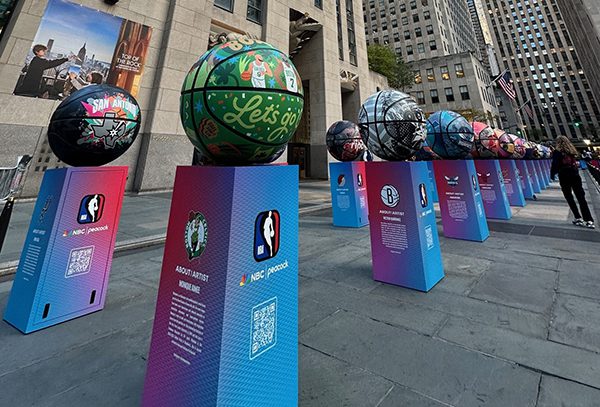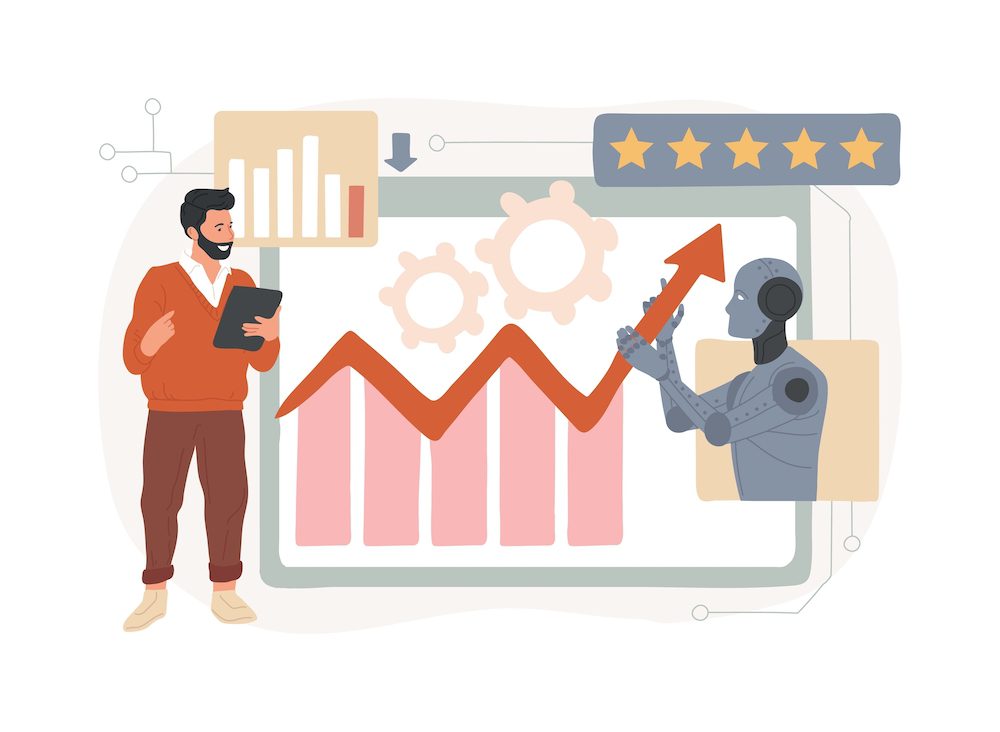Customers lose when a company relies so heavily on technology that genuine marketing know-how is forgotten. Other obstacles to embracing a customer-centric marketing structure include applying mass-market techniques to the individual capacities of the Internet and a lack of familiarity with data mining and data-use capabilities.
There are three solid categories a marketer’s customer-focused efforts might fall into, said Mark S. Van Clieaf of Tampa-FL-based business consultancy MVC Associates International in a presentation at the Institute for International Research’s CRM Focus event.
The first category involves basic loyalty programs, which use, say, points as rewards. The problem with these is that they do not measure a customer’s real value to a business. An airline passenger’s miles-flown rewards, for instance, are awarded regardless of the ticket price. So, the higher-value traveler is not recognized. In these cases, a given product’s profit and loss is the chief result under scrutiny.
“CEOs and CMOs [chief marketing officers] don’t think they’re working,” Van Clieaf said. These rewards programs operate on a “programmatic,” as opposed to customer-strategy basis. They issue automatic rewards without offering true insight into the customer. Worse, they are often launched for competitive reasons, instead of in support of a sound strategy.
The second category differentiates product costs, customer value, risk and price variables. Companies that use world-class analytics, such as American Express, Capital One, Providian and Fingerhut fall into this listing. These business models may work for them, and Van Clieaf does not necessarily advocate change, but points out that even these companies still use information to search out customers for pre-existing products. Often, while still analyzing product profit and loss, companies are starting to look at customer characteristics.
Companies that use this model will face barriers to realizing longer-term value of their customers, Van Clieaf said. That’s because they are more focused on getting campaigns into the marketplace to the detriment of focusing on customers and building a longer-term relationship.
The final category comprises companies that have elected to organize around their customers. This encompasses the companies that have made a multi-year commitment to customer intelligence-management practices, embrace new measurements such as customer (as opposed to campaign or product) profitability, as well as future value, and are allocating marketing resources based on the long-term value of its customers.
There also has to be a certain amount of training and refocus. Van Clieaf quotes a global vice president of customer information management at American Express: “We spent millions of dollars to re-engineer out acquisition process and create a leading-edge customer-information management capability. The problem is very few in our marketing team–or at our direct marketing agency–can provide us any leadership on how to use this customer information to impact our bottom line.”
For this category, successful executives need to be “change managers,” as opposed to marketing managers. They have to ensure that a firm’s top-quality people are assigned to implement the new outlook, that there are marketing dollars dedicated to customer-centric communications, that a certain amount of product-based profit and loss is still taken into consideration, and that top management is committed to the success of the change in the corporate orientation.
Finally, shifting from a product-centric to a customer-centric outlook requires that the four Ps of product marketing–product, price, placement and packaging–are replaced with the “Killer Bs.”
The Bs are branding, bundling, bonding and billing. With branding, the customers’ perception of the company shifts from snapshot interactions to an awareness during the entire customer life-cycle. In bundling, the entire product suite is used to deepen the relationship with the customer. With bonding, the product delivers its promise at an appropriate “moment of truth” and touch-point preferences, life-stage and lifestyle data are linked. And the billing encompasses a bundled pricing strategy, including risk analysis and long-term value, as well as respecting preferred payment methods.
CRM Focus ends today.
 Network
Network

